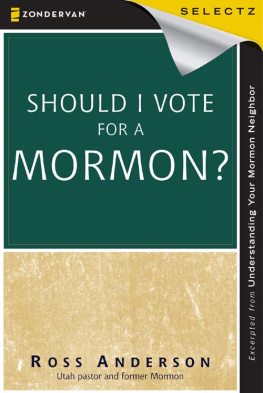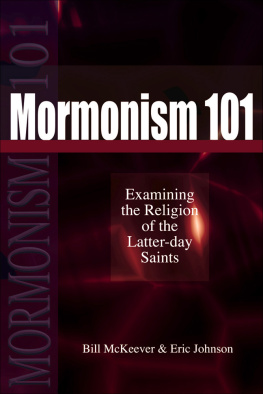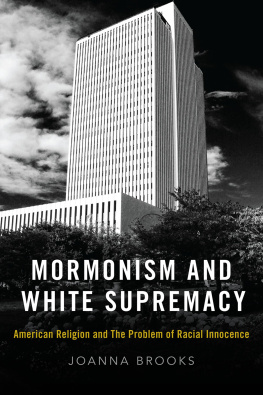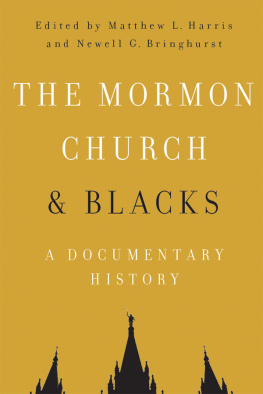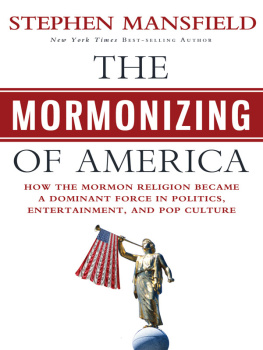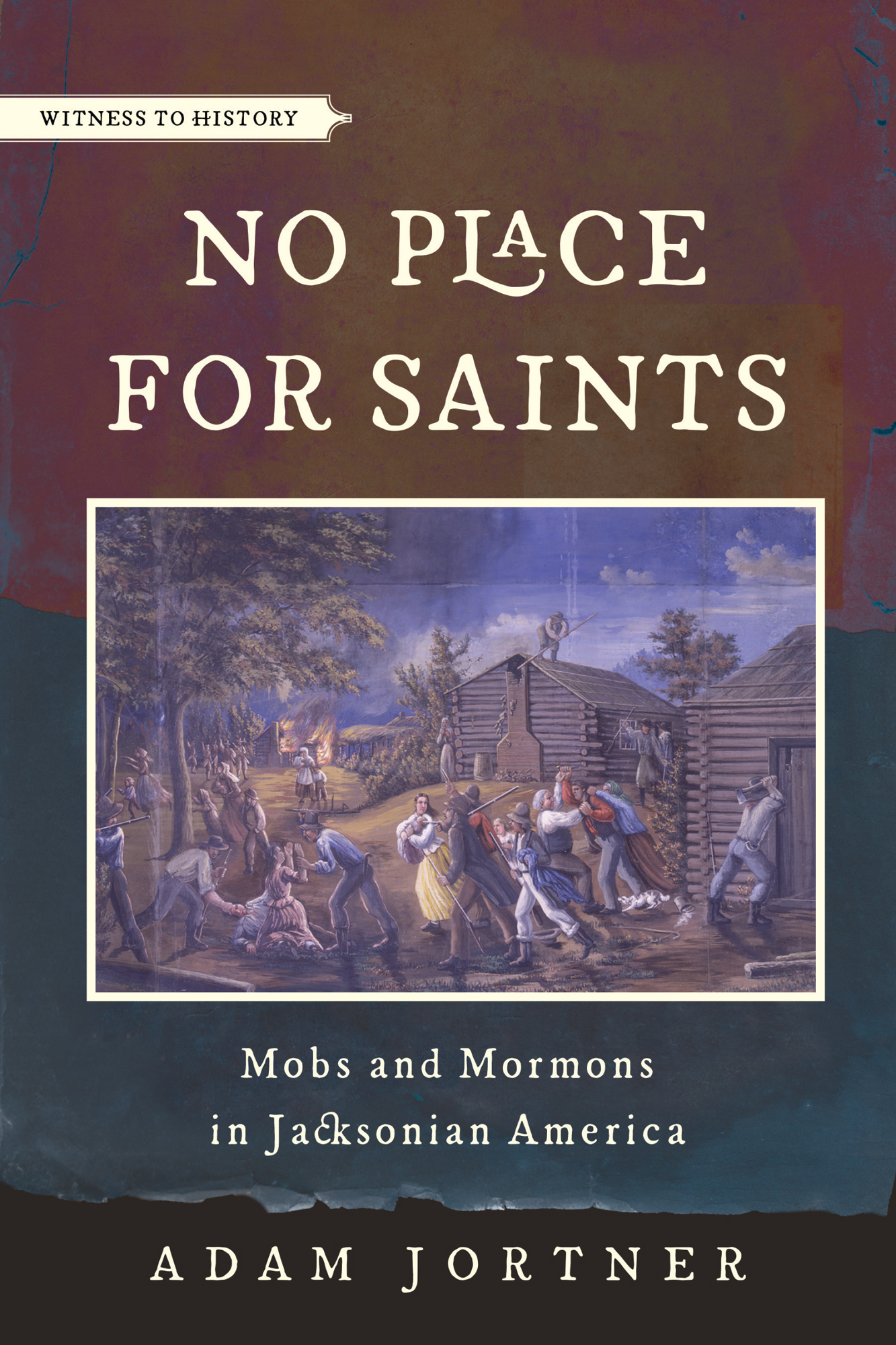Adam Jortner - No Place for Saints: Mobs and Mormons in Jacksonian America
Here you can read online Adam Jortner - No Place for Saints: Mobs and Mormons in Jacksonian America full text of the book (entire story) in english for free. Download pdf and epub, get meaning, cover and reviews about this ebook. year: 2022, publisher: Johns Hopkins University Press, genre: Religion. Description of the work, (preface) as well as reviews are available. Best literature library LitArk.com created for fans of good reading and offers a wide selection of genres:
Romance novel
Science fiction
Adventure
Detective
Science
History
Home and family
Prose
Art
Politics
Computer
Non-fiction
Religion
Business
Children
Humor
Choose a favorite category and find really read worthwhile books. Enjoy immersion in the world of imagination, feel the emotions of the characters or learn something new for yourself, make an fascinating discovery.

- Book:No Place for Saints: Mobs and Mormons in Jacksonian America
- Author:
- Publisher:Johns Hopkins University Press
- Genre:
- Year:2022
- Rating:4 / 5
- Favourites:Add to favourites
- Your mark:
No Place for Saints: Mobs and Mormons in Jacksonian America: summary, description and annotation
We offer to read an annotation, description, summary or preface (depends on what the author of the book "No Place for Saints: Mobs and Mormons in Jacksonian America" wrote himself). If you haven't found the necessary information about the book — write in the comments, we will try to find it.
The emergence of the Mormon church is arguably the most radical event in American religious history. How and why did so many Americans flock to this new religion, and why did so many other Americans seek to silence or even destroy that movement?
Winner of the MHA Best Book Award by the Mormon History Association
Mormonism exploded across America in 1830, and America exploded right back. By 1834, the new religion had been mocked, harassed, and finally expelled from its new settlements in Missouri. Why did this religion generate such anger? And what do these early conflicts say about our struggles with religious liberty today? In No Place for Saints, the first stand-alone history of the Mormon expulsion from Jackson County and the genesis of Mormonism, Adam Jortner chronicles how Latter-day Saints emerged and spread their faithand how anti-Mormons tried to stop them.
Early on, Jortner explains, anti-Mormonism thrived on gossip, conspiracies, and outright fables about what Mormons were up to. Anti-Mormons came to believe Mormons were a threat to democracy, and anyone who claimed revelation from God was an enemy of the people with no rights to citizenship. By 1833, Jackson Countys anti-Mormons demanded all Saints leave the county. When Mormons refusedciting the First Amendmentthe anti-Mormons attacked their homes, held their leaders at gunpoint, and performed one of Americas most egregious acts of religious cleansing.
From the beginnings of Mormonism in the 1820s to their expansion and expulsion in 1834, Jortner discusses many of the most prominent issues and events in Mormon history. He touches on the process of revelation, the relationship between magic and LDS practice, the rise of the priesthood, the questions surrounding Mormonism and African Americans, the internal struggles for leadership of the young church, and how American law shaped this American religion. Throughout, No Place for Saints shows how Mormonismand the violent backlash against itfundamentally reshaped the American religious and legal landscape. Ultimately, the book is a story of Jacksonian America, of how democracy can fail religious freedom, and a case study in popular politics as America entered a great age of religion and violence.
Adam Jortner: author's other books
Who wrote No Place for Saints: Mobs and Mormons in Jacksonian America? Find out the surname, the name of the author of the book and a list of all author's works by series.

